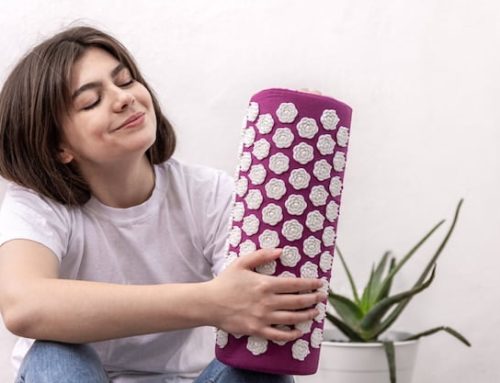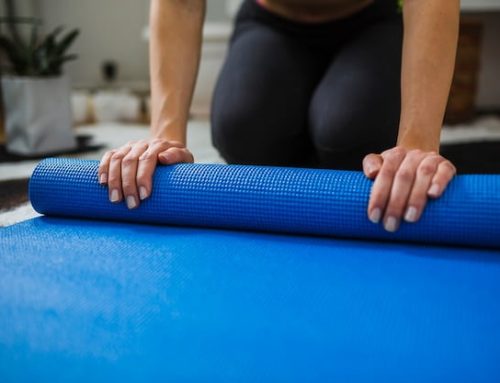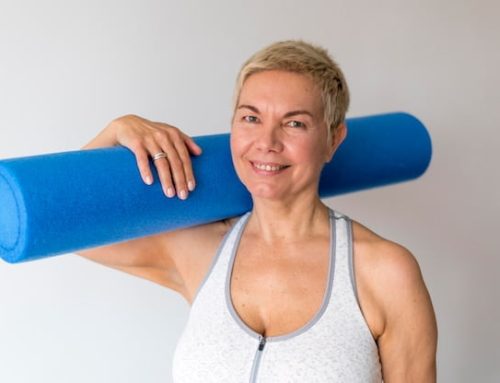The Benefits of Foam Rolling
Foam rolling has been shown to be an effective method for reducing muscle soreness and improving range of motion. It works by applying pressure to the muscles, which helps to release tension and increase blood flow. This can help to speed up recovery after a workout or alleviate pain and discomfort caused by tight muscles.
How Does Foam Rolling Work?
Foam rolling uses a technique known as self-myofascial release (SMR). This involves applying pressure to the muscles, which helps to loosen up tight fascia (the connective tissue that surrounds the muscles) and break up any adhesions or knots. This can help to improve flexibility and range of motion, and reduce pain and soreness.
When Should You Foam Roll?
Foam rolling can be done before or after a workout, or as part of a regular self-care routine. Before a workout, foam rolling can help to warm up the muscles and improve blood flow, which can increase performance and reduce the risk of injury. After a workout, foam rolling can help to speed up recovery and reduce muscle soreness.
Should You Foam Roll Sore Muscles?
While foam rolling can be effective for reducing muscle soreness and discomfort, it is important to be cautious when using it on sore muscles. If your muscles are extremely sore and tender to the touch, it may be best to wait until they have had time to heal before applying pressure with a foam roller.
How Often Should You Foam Roll?
The frequency of foam rolling will depend on your individual needs and goals. Some people may benefit from foam rolling once a day, while others may only need to do it a few times a week. It is important to listen to your body and adjust your routine accordingly.
How Long Should You Foam Roll?
The length of time you should spend foam rolling will depend on the area of the body you are targeting and your individual preferences. Generally, it is recommended to spend at least 2-5 minutes on each muscle group.
Types of Foam Rollers
There are several different types of foam rollers available, each with their own unique design and benefits.
| Type of Foam Roller | Description | Benefits |
|---|---|---|
| Standard Foam Roller | A cylindrical foam roller with a smooth surface. | Good for beginners, can be used for a variety of muscle groups. |
| Textured Foam Roller | A foam roller with a textured surface, such as bumps or ridges. | Provides deeper tissue massage, can help to break up adhesions and knots. |
| Vibrating Foam Roller | A foam roller with a built-in vibration feature. | Provides deeper muscle relaxation, can help to reduce muscle soreness and improve recovery. |
Tips for Effective Foam Rolling
To get the most out of your foam rolling routine, it is important to use proper technique and follow these tips:
– Start slowly and gradually increase pressure as your muscles loosen up
– Roll back and forth slowly, focusing on areas of tightness or discomfort
– Breathe deeply and relax your muscles as you roll
– Drink plenty of water before and after foam rolling to help flush out toxins
– Avoid foam rolling on any areas of acute injury or inflammation
The Bottom Line
Foam rolling can be a highly effective tool for reducing muscle soreness, improving range of motion, and speeding up recovery. However, it is important to use proper technique and listen to your body to avoid causing further injury or discomfort. With regular use, foam rolling can be a valuable addition to your self-care routine.






